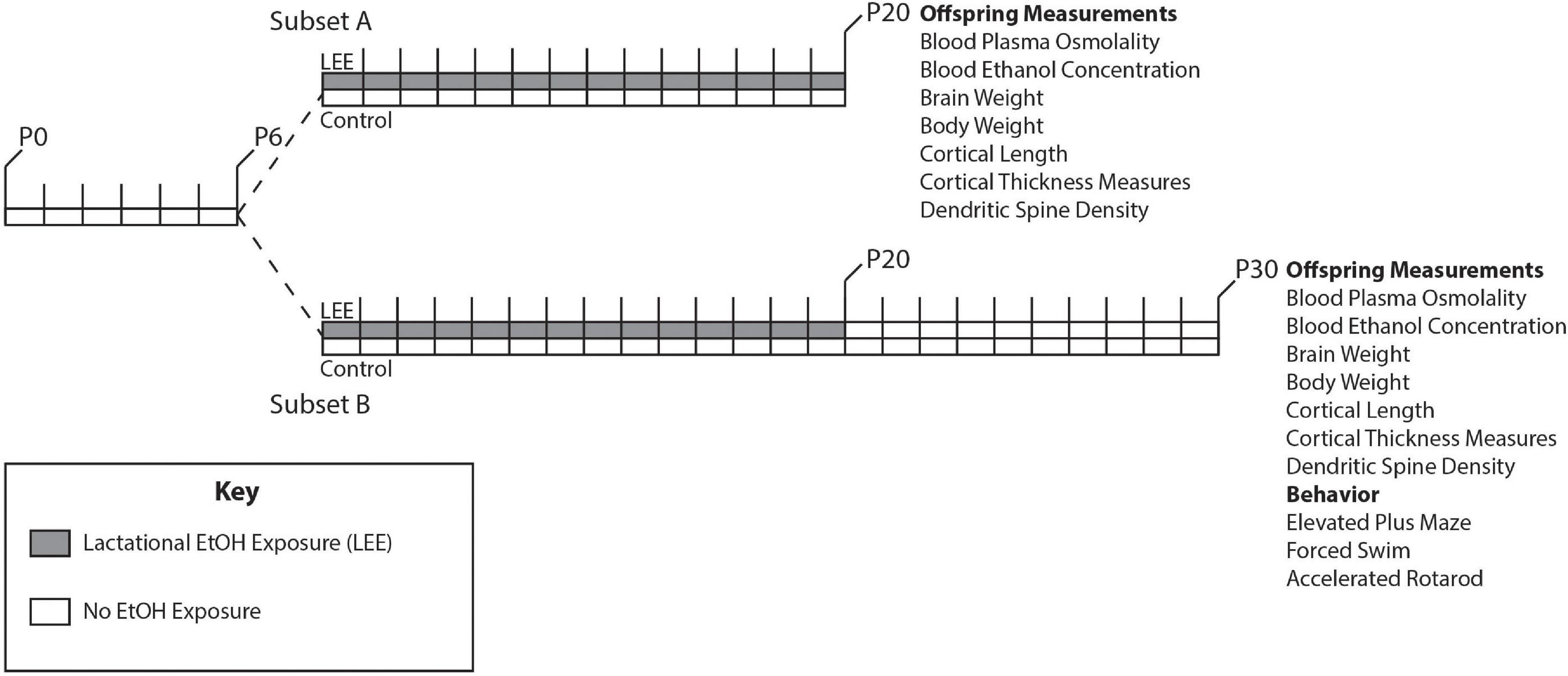2023-04-19 ロイヤルメルボルン工科大学(RMIT)
この新しい技術は、糖尿病患者にとって注射を避けられる可能性があるほか、他のタンパク質薬剤の口からの投与にも利用可能である。現在、研究チームは、この新しいカプセルをクリニカルトライアルに移行するために、さらに前臨床試験を行っている。
<関連情報>
- https://www.rmit.edu.au/news/all-news/2023/apr/oral-insulin-capsule
- https://www.sciencedirect.com/science/article/abs/pii/S2772950823000912
脂質充填腸溶性カプセルを用いたインスリンの新しい経口投与法として期待される A promising new oral delivery mode for insulin using lipid-filled enteric-coated capsules
Jamie B. Strachan Brendan Dyett, Stanley Chan, Brody McDonald, Ross Vlahos, Celine Valery, Charlotte E. Conn
Biomaterials Advances Available online: 6 March 2023
DOI:https://doi.org/10.1016/j.bioadv.2023.213368

Highlights
•A new lipid-based oral delivery formulation for insulin has been developed.
•The insulin is encapsulated within a lipidic cubic phase inside an enteric capsule.
•Animal studies showed high bioavailability of Actrapid insulin after oral delivery.
•The oral bioavailability of slow-acting insulin detemir was higher than SC injection.
•The pharmacokinetics can be controlled via the thickness of the enteric coating.
Abstract
The treatment of diabetes requires daily administration of the peptide insulin via subcutaneous (SC) injection due to poor stability following oral administration. Enteric capsules, designed to protect against low pH conditions in the stomach by providing a polymeric coating which only breaks down in the small intestine, have failed to significantly increase oral bioavailability for insulin. In parallel, amphiphilic lipid mesophases are versatile carrier materials which can protect encapsulated proteins and peptides from undesirable enzymatic degradation. Here we show the combined delivery capacity of a hydrated bicontinuous cubic lipid mesophase embedded within an enteric capsule. Animal studies demonstrated that the lipid filled enteric capsules could deliver insulin with bioavailabilities (relative to SC injection) as high as 99 % and 150 % for fast and slow acting insulin, respectively. These results provide a promising starting point towards further trials to develop an alternative, non-invasive mode for the delivery of insulin.


